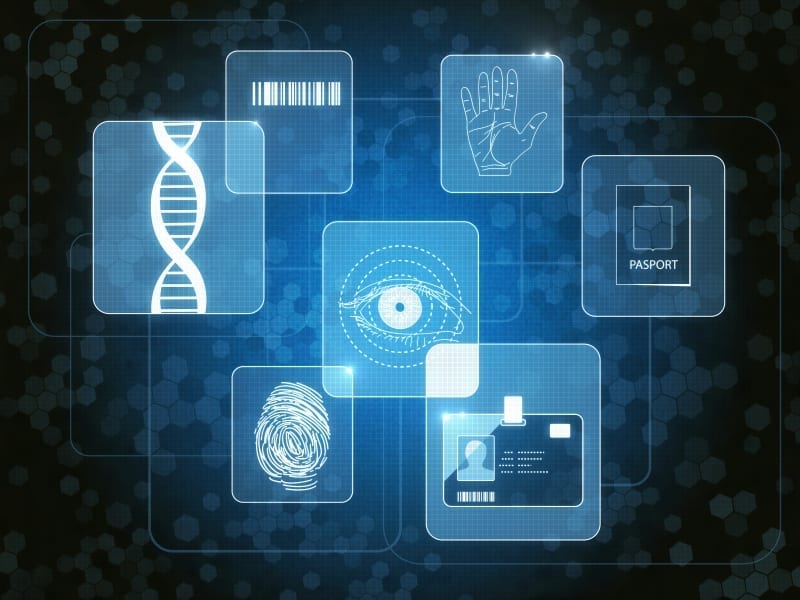“Even if government authorities can’t make Aadhaar authentication mandatory, they can still accept it from citizens who prefer to use it.”

Just a few months after a Supreme Court ruling laid out restrictions to how India’s national biometric ID program can be used, the national government has amended legislation governing the Aadhaar program to make sure it gets back on track.
The Supreme Court ruling was interpreted by many as an effort to contain the sprawling Aadhaar program, asserting that government authorities could not demand Aadhaar information from citizens for anything other than the distribution of social welfare and subsidies. But the national government’s natural response to the order is to focus on the idea of voluntary Aadhaar use: Even if government authorities can’t make Aadhaar authentication mandatory, they can still accept it from citizens who prefer to use it.
Accordingly, as Scroll.in reports, government authorities have amended the Aadhaar Targeted Delivery of Financial and Other Subsidies, Benefits and Services Act of 2016, as well as the Telegraph Act of 1885 and the Prevention of Money Laundering Act, 2002 to ensure that it’s clear Aadhaar can still be used for identity verification as long as other authentication alternatives are also accepted.
It’s an unsurprising response to the ruling from the central government given the prominence of Aadhaar in its larger digital modernization effort, called Digital India. And it may be a welcome one from many in the private sector and financial services in particular, with the Supreme Court ruling having thrown a wrench into efforts to incorporate Aadhaar authentication into their services. But with some activist groups steadfast in their opposition to what they see as an intrusive and heavy-handed identification program, the government’s amendments are unlikely to settle the issue for good.
Source: Scroll.in
–
January 4, 2019 – by Alex Perala





Follow Us